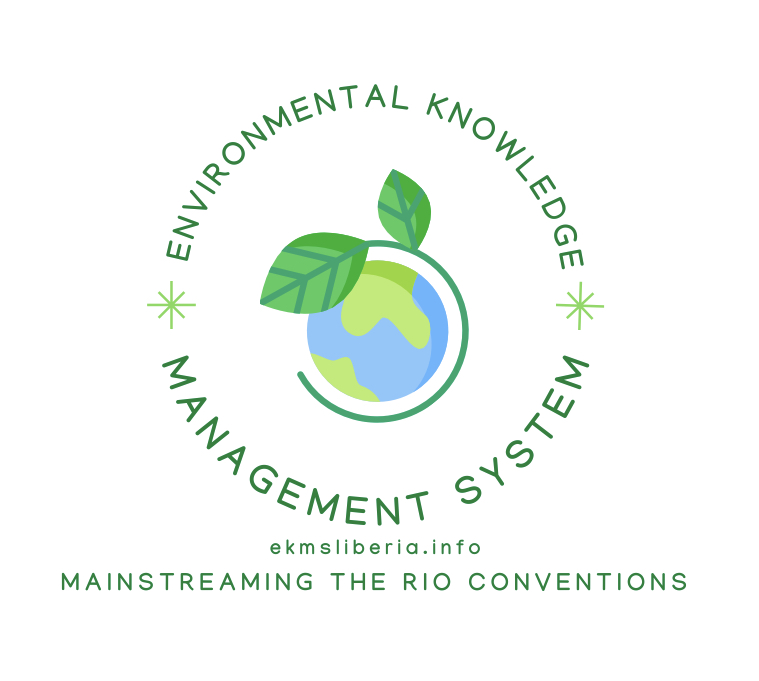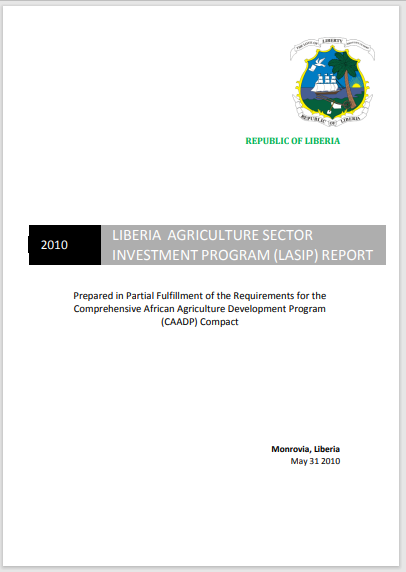African governments, in recognition of the relationship between agriculture and economic growth and development of their respective countries, adopted the Comprehensive African Agricultural Development Program (CAADP) in 2003 in
Maputo, Mozambique. CAADP is an integrated, continent-wide framework that seeks to restore agricultural growth, facilitate rural development, and ensure food and nutrition security in Africa. It is based on four main pillars: (i) extending the area under sustainable land management and reliable water control systems; (ii) improving rural
infrastructures and trade-related capacities for market access; (iii) increasing food supply and reducing hunger; and (iv) strengthening agricultural research, technology dissemination, and adoption.Within the context of fostering agricultural-led economic growth, emphasizing the role of the private sector, CAADP targets agriculture sector growth of 6% per annum and obliges African governments to commit at least 10% of their annual national budgets to agriculture in pursuit of this target. The protocols of the framework call on each African government to develop an agriculture sector investment program that, once approved by the governing authorities, is used as the basis of a “compact” between the government, African partners, and the international donor community. The Government of Liberia (GOL) adheres to the vision and principles of CAADP and is a signatory to the framework. This document, the Liberia Agriculture Sector Investment Program (LASIP), was developed in partial fulfillment of the requirements of the
framework. It presents the strategic choices Liberia has made for agricultural growth and development over the next ten years in an environmentally friendly and sustainable manner. This Executive Summary presents the key features and priorities of the program. Economic and Social Conditions Liberia is a nation-state transitioning from ―emergency to development.‖ Under the leadership of President Ellen Johnson Sirleaf, Africa‘s first female elected head of
state, the country has embarked on the Herculean task of reconstructing a war-damaged society. The GOL developed a Poverty Reduction Strategy (PRS) that directed efforts toward addressing the interlinking problems of poor governance, illiteracy, unemployment, poverty, and social conflict. The PRS has four pillars: Expanding Peace and Security; Revitalizing Economic Activities; Strengthening Governance and the Rule of Law; and Rebuilding Infrastructure and Providing Basic Services. Liberia‘s population currently stands at 3.5 million. Despite abundant natural resources, bad governance has perennially engendered poverty, conflicts, and low human development. In 2009, Liberia had a human development index of 0.442, ranked 169th out of 182 countries in the world.
Environmental Knowledge
Management System
Join us to help grow
the EKMS Community

Menu

